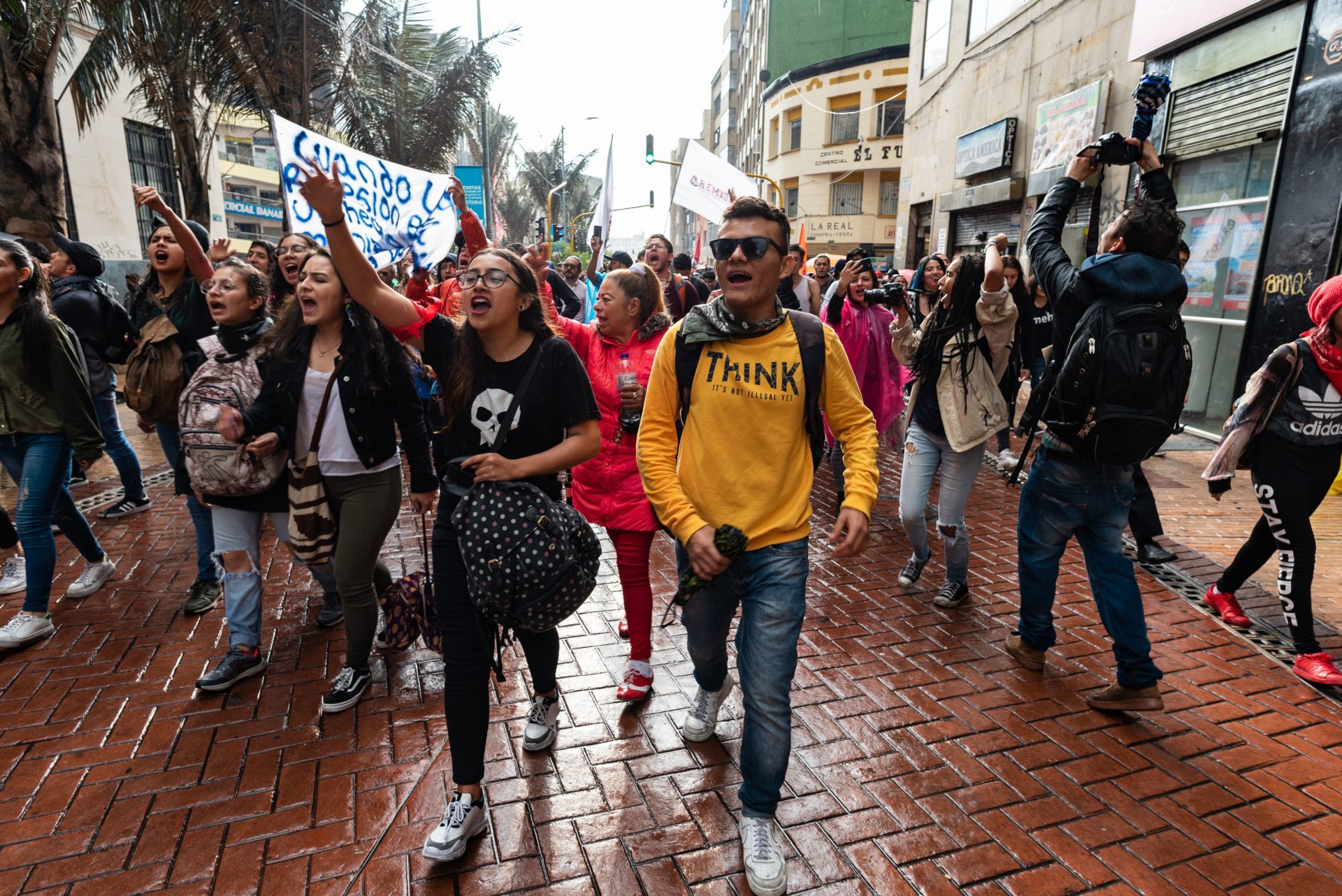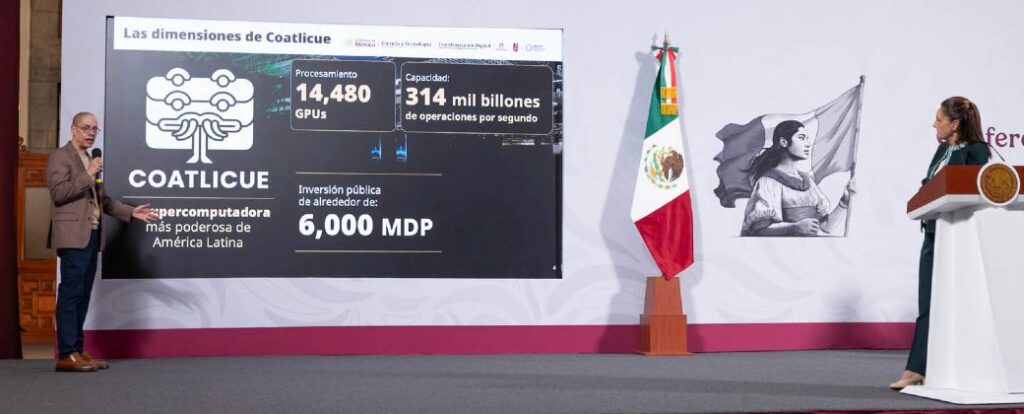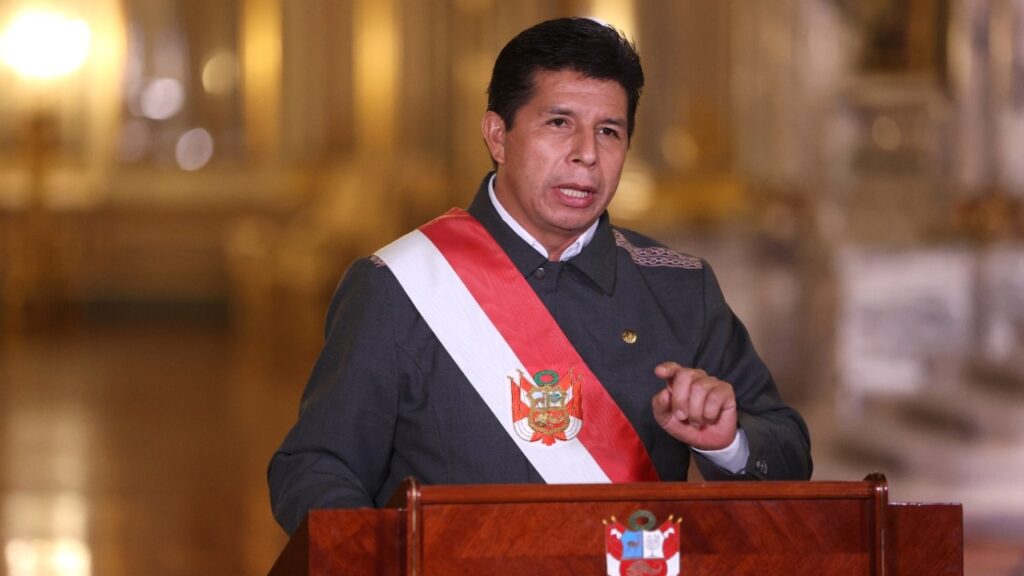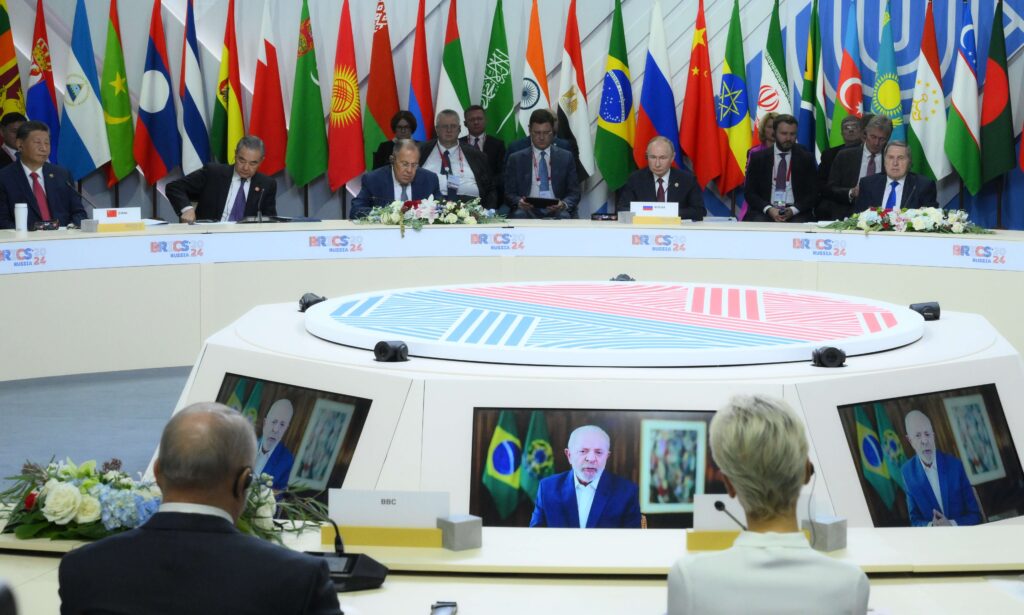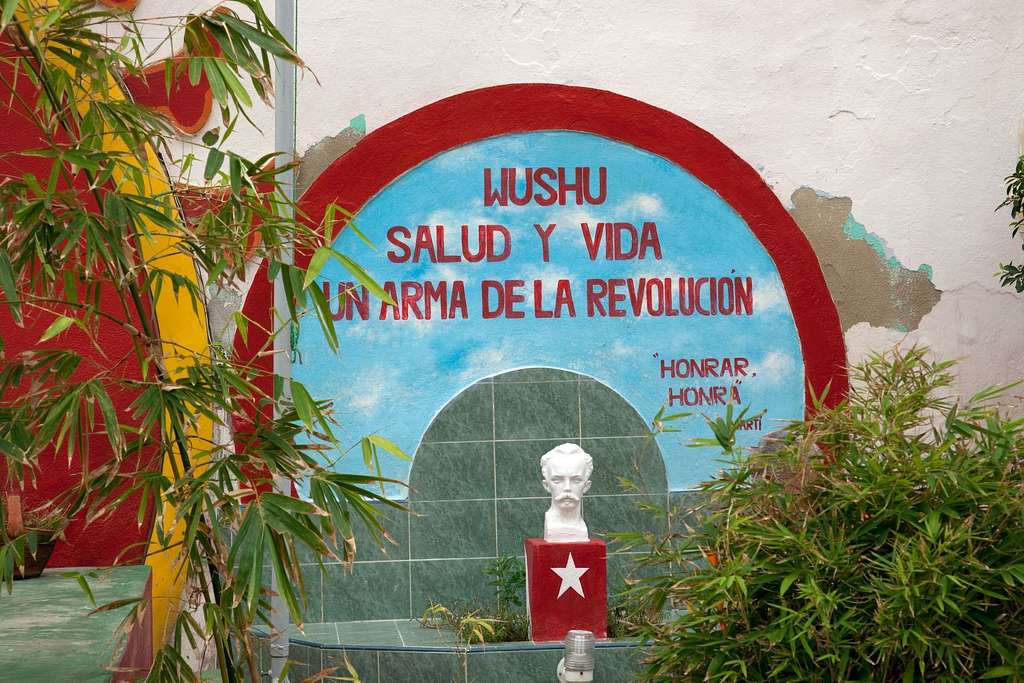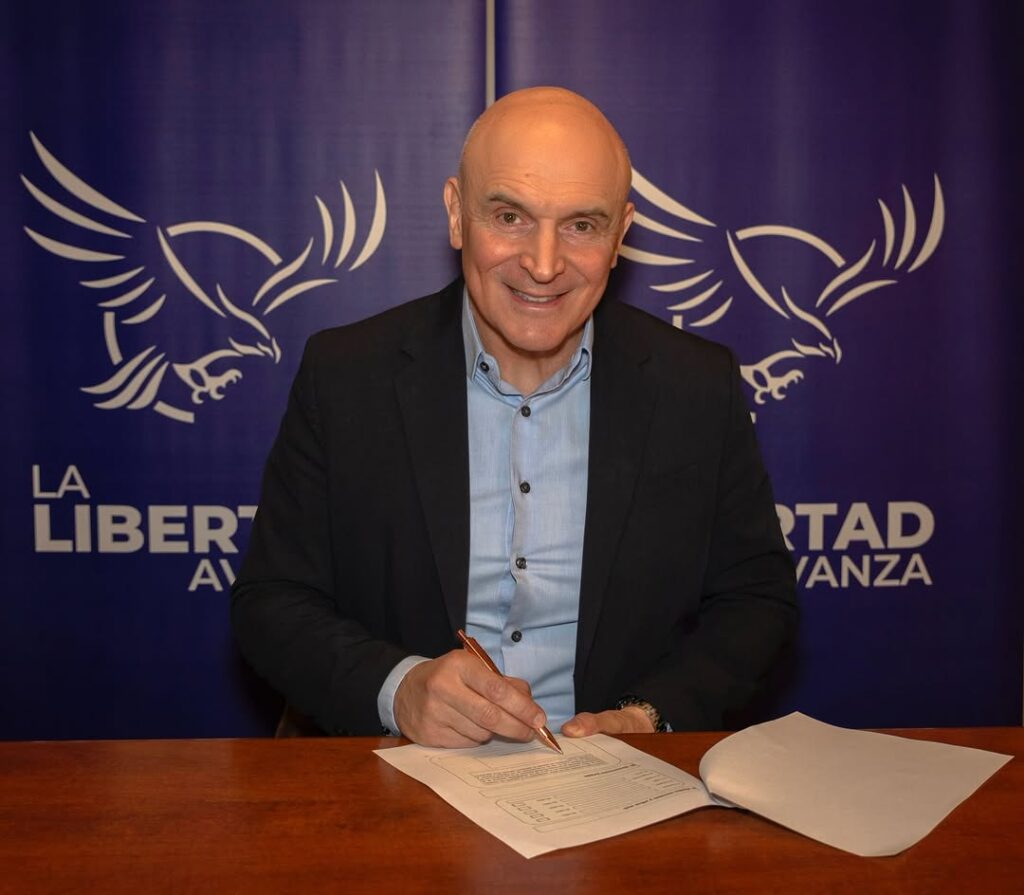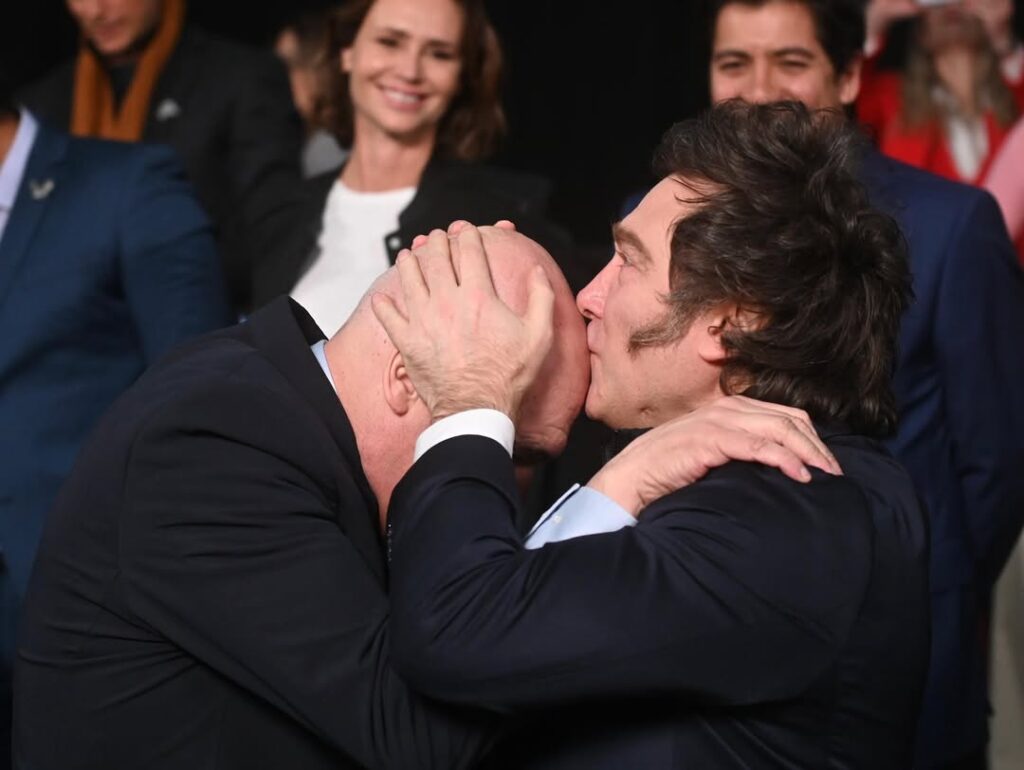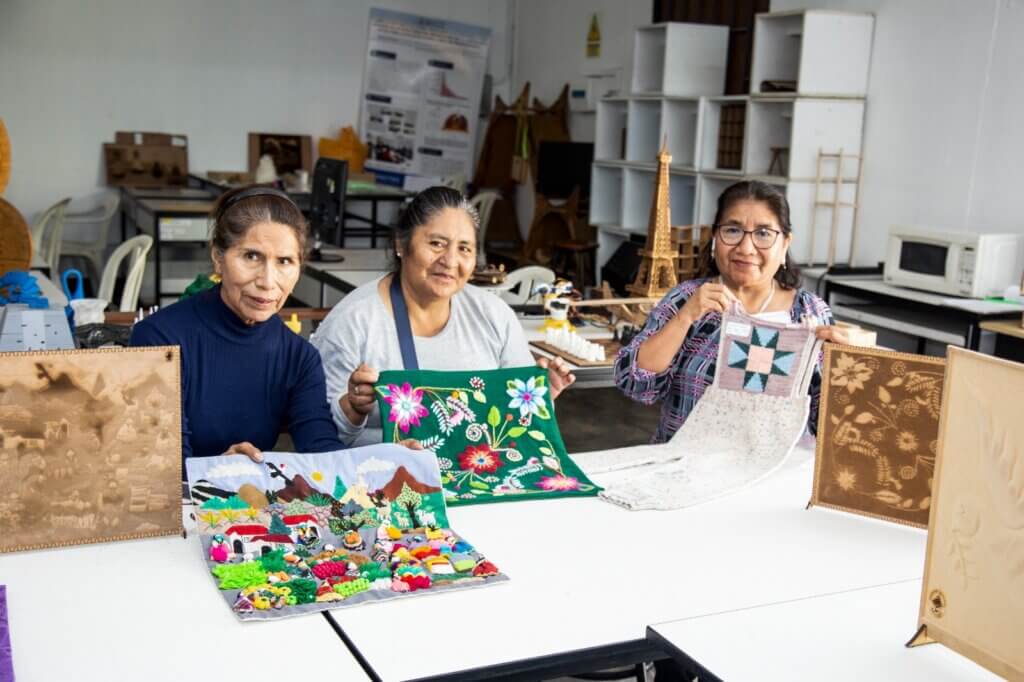As 2019 draws to a close, citizens from many countries in Latin America are either still protesting or recovering from social unrest. The reasons behind protests are as diverse as the countries themselves, but all forms of social unrest have aimed to force leaders to address common citizen concerns.
Honduras
In Honduras, a lack of economic stability, high levels of violence, corruption and criminal activity among politicians are the main reasons why citizens are demanding the resignation of President Juan Orlando Hernández. These factors are also fueling their mass migration out of the country. Hernández came into power in 2013 after what was widely considered a fraudulent election, and then ran for an unconstitutional second term in 2017, winning after a 36-hour delay in the vote count which was also deemed fraudulent.
Read: Protests in Honduras continue amid calls for president’s resignation
Nicaragua
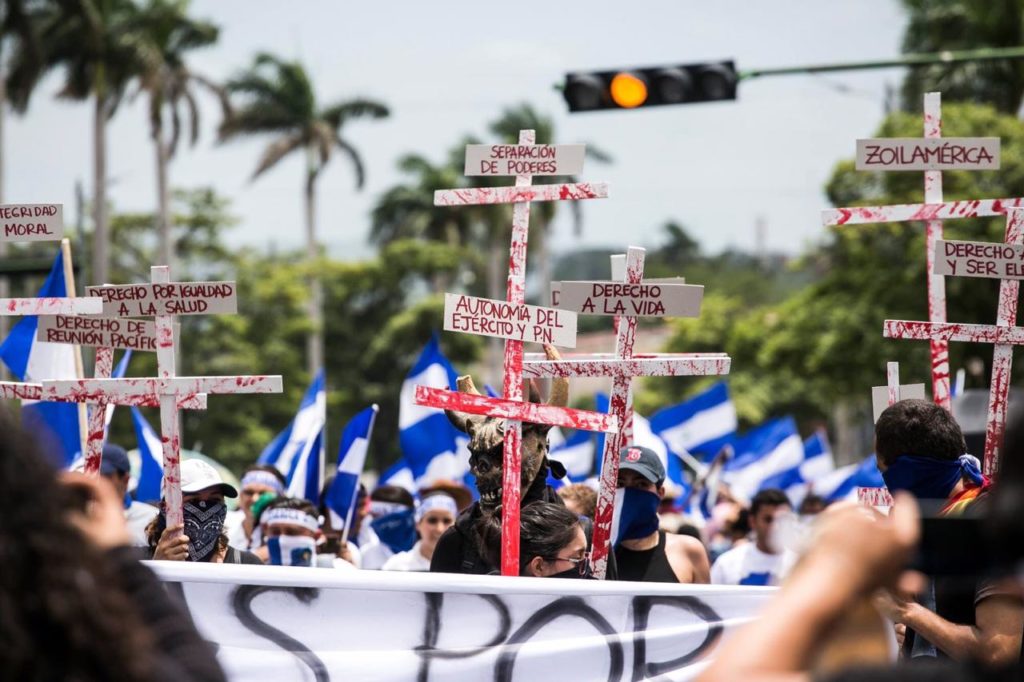
Nicaraguan President Daniel Ortega has been in power since 2007, after the Supreme Court controversially voted to change the constitution to allow him to run for multiple terms. In recent years, Ortega’s socialist governance has become increasingly autocratic. In 2018, he sent the Nicaraguan military to repress demonstrations protesting social security reforms, which resulted in around 300 deaths, 1000 injuries, disappearances and politically-motivated arrests. Ortega subsequently passed a law making political protests illegal, which has led opposers to his regime to resort to minute-long “flash protests” to avoid arrest. When delegates from the Organization of American States (OAS) came to Nicaragua to investigate the 2018 protests, Ortega refused them entry.
Read: Repression returns to Nicaragua
Venezuela
In January, Venezuelan leader of the opposition Juan Guaidó declared himself interim president of Venezuela after claiming that current president Nicolás Maduro was not fit for office. Tensions rose in February as, despite the economic and humanitarian crisis in the Caribbean country, Maduro refused to allow U.S. aid to enter the country. This led Richard Branson and Colombian businessman Bruno Ocampo to organize a protest concert on February 22 in Cúcuta, on the Colombian border with Venezuela, to raise money for more aid and to pressure Maduro into allowing aid to enter. Two months later, Maduro finally accepted Red Cross humanitarian support.
The unrest did not end there, however. In the months that followed, Guaidó continued to encourage further protests as part of his operation to oust current President Nicolás Maduro. Although thousands of people turned out on the streets in April, Maduro used armed paramilitary forces to quell unrest. Guaidó tried to keep the momentum of the protests going, but Maduro held onto his power and the demonstrations petered out without achieving anything concrete.
Read: After two days of protests in Venezuela, who has the upper hand?
Ecuador
On October 2, Ecuador’s President Lenin Moreno announced an unpopular austerity package that unleashed chaos on the streets of Quito. Demonstrators paralyzed the streets of the capital, in rural areas indigenous groups took police officers hostage and security forces used excessive violence in an attempt to stop the protests. After moving his government to Guayaquil and vowing not to back down, protests forced Moreno to remove the austerity measures. He then met with powerful indigenous conglomerate Conaie to draft different laws that would have fewer disadvantages for people in lower socio-economic groups.
Read: Indigenous groups expected to play a key role in Ecuador’s protests
Bolivia
Bolivia’s elections on October 20 were already controversial as Evo Morales was running for a (constitutionally questionable) fourth consecutive term. Accusations of electoral fraud — now bolstered with evidence from an OAS audit — added to the controversy. This sparked huge protests and violence between protesters and security forces, but also between groups of protesters, highlighting the country’s deep-seated racial divide between (often pro-Morales) indigenous and non-indigenous groups. Morales was forced to seek political asylum in Mexico and Argentina, and conservative Interim President Jeanine Áñez aims to hold new elections within 120 days.
Read: Election protests divide the nation
Colombia

Colombia’s most recent round of protests began with a national strike against President Iván Duque’s government on Thursday November 21, which brought around half a million people out onto the streets. Reasons for protesting are diverse and complex, but comprise rejections of unpopular social reforms and Duque’s incompliance with the 2016 peace agreement. Citizens added the restructuring of national riot police ESMAD to their demands after one officer killed an 18-year-old boy. Although Duque has sat down with some of the protesting groups, the dialogues are yet to be successful, causing social unrest to continue. Throughout the year, Colombians have also marched against the killing of social leaders, police violence and corruption.
Read: In photos: Colombia’s national strike from the streets of Medellín
Chile
Chile surprised many as a 3 percent rise in metro prices in October served as the catalyst for months of violent protests. Despite being one of Latin America’s wealthiest nations, social inequality has been steadily increasing and citizens struggle to make ends meet on the minimum salary. The protests, which are demanding a new constitution, have been characterized by violent clashes with Chilean National Police — or Carabineros — and Human Rights Watch has accused the security force of gross human rights abuses, with dozens of protesters killed and thousands injured. President Sebastián Piñera has created a group to restructure the Carabineros and published a 13-pillar anti-abuse plan to combat the violence, but protests continue.
Read: Chilean president declares state of emergency and imposes curfew over violent protests
Brazil
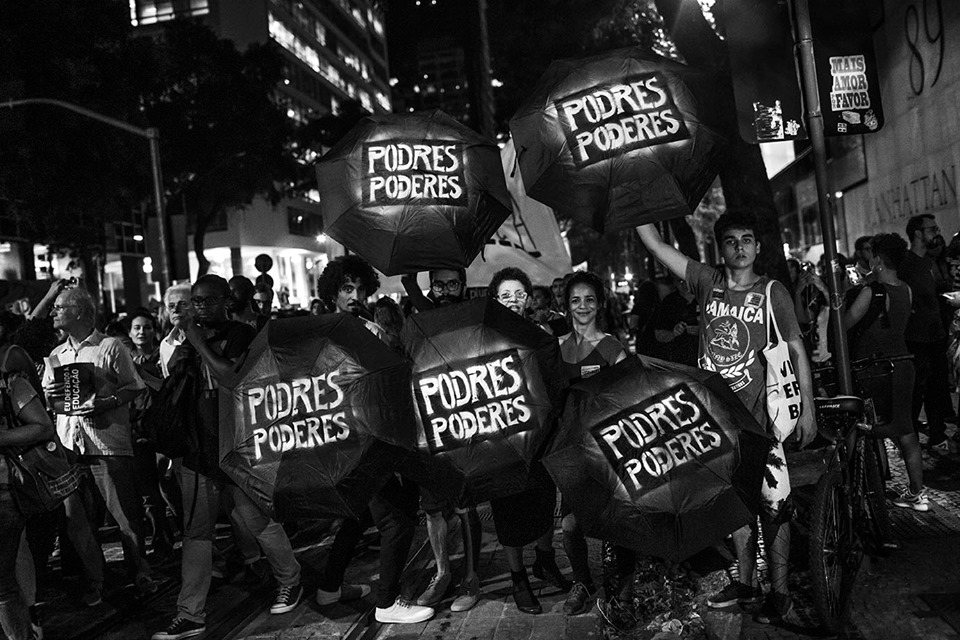
In Brazil, President Jair Bolsonaro’s decision to drastically cut funding to education in May caused uproar among students and teachers. Two large protests opposed the cuts, which will almost halve funding for public universities and highlighted the fact that education is not a priority for the Bolsonaro administration. The protests did not persuade the president to change his mind, however.
Read: In photos: Brazil’s second round of education protests
Puerto Rico
Puerto Ricans took to the streets en masse in July after a recorded phone call was leaked in which the U.S. territory’s governor Ricardo Roselló made homophobic, misogynistic and inappropriate remarks about Puerto Ricans. Half a million people marched in the largest city San Juan, demanding Roselló’s resignation and protesting widespread government corruption that has dogged the island for decades. Despite initially refusing to do so, Roselló finally stepped down on August 2 and Wanda Vázquez Garced took his place.
Read: Why are people protesting in Puerto Rico?
Across the region, citizens are protesting against corrupt governments, authoritarian-esque leaders and a lack of social equality. Social unrest in Ecuador, Chile, Colombia and Bolivia occurred almost simultaneously, inciting many references to a potential “Andean spring,” but Joe Eldridge, a senior fellow from the Washington Office on Latin America (WOLA), told Latin America Reports that it wasn’t that simple.
“I think [Latin American countries] are knitted together and I think they are knitted apart, but nonetheless one influences the other,” he said. “There are some connections among the various countries, but each has its unique set of circumstances, and its unique ways of manifesting discontent and fury and anger and the growing inequality.”
There appears to be an increasing disconnect between citizens and their leaders in Latin America, and this combined with high levels of social inequality has encouraged the development of a population which has had to take to the streets in order to be heard.


